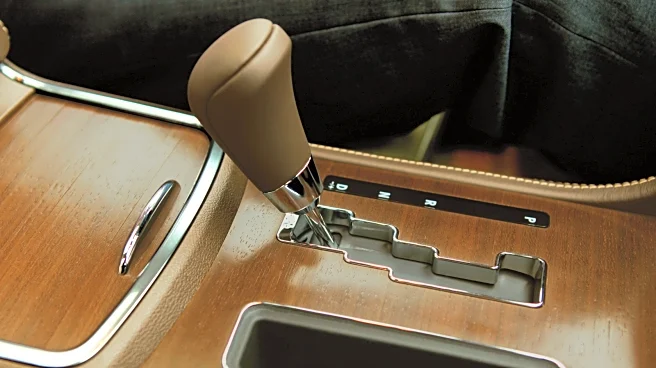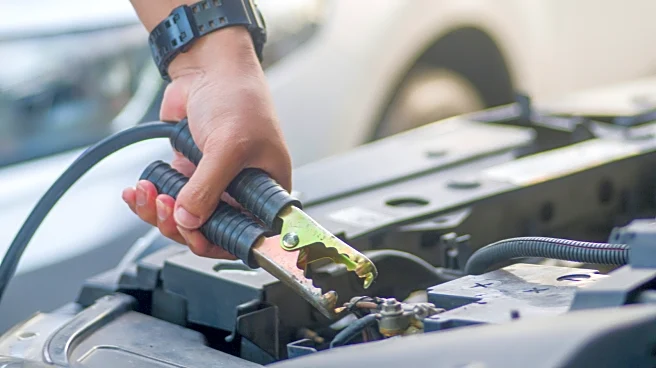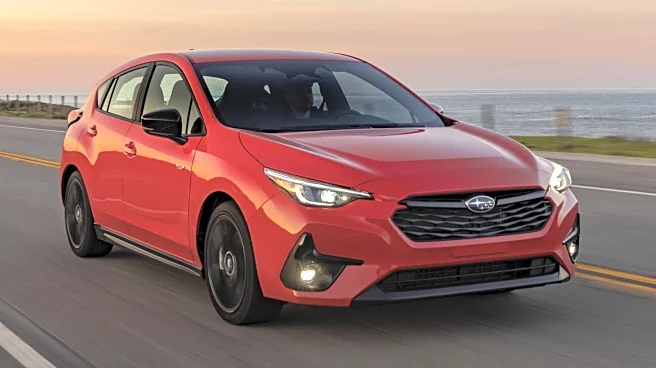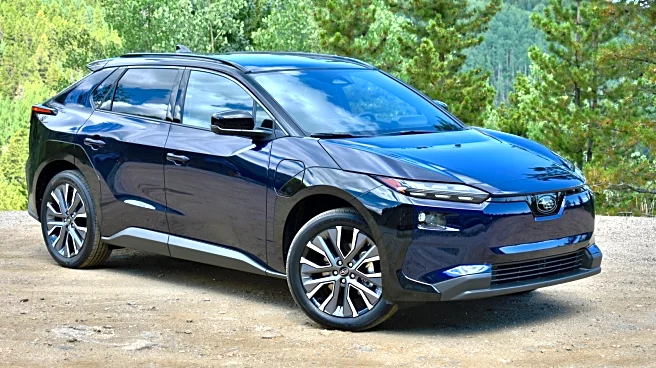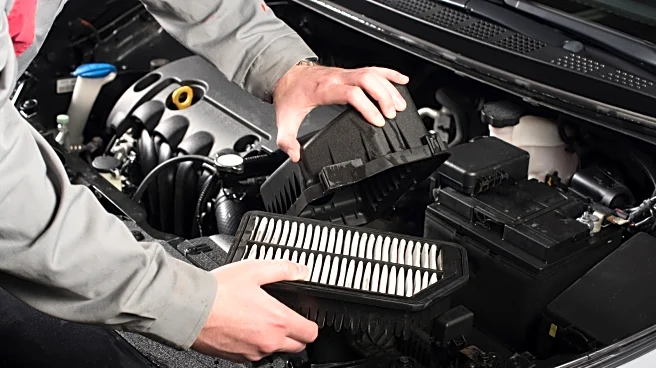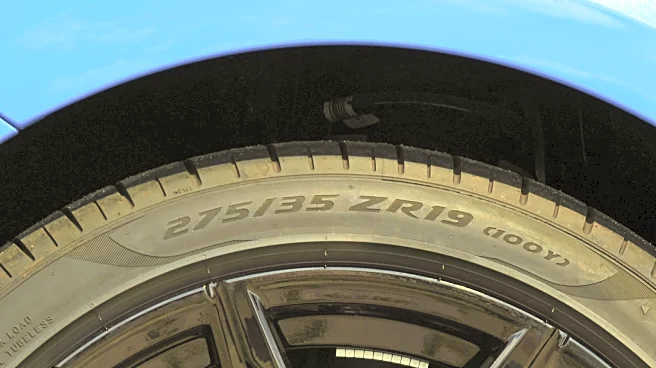
When it comes to car upgrades or modifications, the options are nearly limitless. In the pre-Internet days, modding your car would generally require access to a brick-and-mortar speed shop or the latest J.C. Whitney catalog. Even then, there were many ways to waste money on worthless upgrades. But today, with the advent of Amazon, eBay, and everything in between, one can spend as much as one wants in the pursuit of car upgrades that are a complete waste of time and money.
Now, in fairness, there are
vehicle mods that genuinely add value in the form of performance or desirability. Like engine upgrades to increase horsepower or a retro-styled Bluetooth stereo to add discreet modern features to your classic car. But when it comes to pointless, money-wasting car upgrades, the list is much longer. In many cases, car modifications alter aspects of a vehicle that the manufacturer spent hours of engineering time and large amounts of development dollars making just right.
Bad modifications could lead to issues with safety, durability, and day-to-day usability. Oftentimes, however, aftermarket purchases simply look silly, accomplish nothing, and potentially drive down resale values. From pretend high-performance badges to fast and furious body kits, we've got it covered in this rundown of five car upgrades to avoid if you don't want to waste your money.
Read more: 10 Of The Worst-Looking Cars Ever Designed
Stick-On Car Components
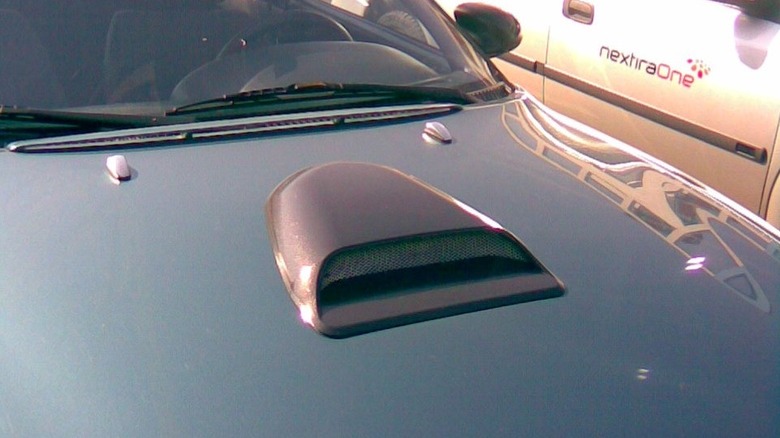
There are some non-performance car mods that every owner should consider, like dashcams and all-season floor mats. Then there are those that no one should waste their money on, like fake vents and scoops, knock-off performance badging, and faux carbon fiber trim. Automakers like Subaru are known for fitting high-performance models like the WRX STI with hood scoops that serve a purpose, in this case, grabbing more air. Others, like the mid-engine C8 Corvette, have scoops behind the doors for the same reason.
The $15 stick-on hoodscoops you can buy on eBay serve no purpose other than aesthetics. Literally stuck on your car with adhesive, these doodads just sit there until they either get ripped off at highway speeds or are purposely removed, likely leaving sticky residue behind. Another total money waster in this department is knock-off automaker badging from the likes of BMW M or Mercedes AMG. Except, the $12 M badge you can buy online does not come from BMW, delivers zero performance benefit, and fools no one -- except perhaps the owner -- into believing that their 325i is an M3. There's a reason real M3s cost more than $12, namely, a high level of engineering development. So, please, save your money.
Another adhesive-based car upgrade that is a total waste of money is pretend carbon fiber trim. For just six bucks, you can buy plastic pieces that look like carbon fiber, but are not, to stick on your dashboard around the HVAC vents. Go buy a latte instead.
Wrong-Sized Wheels And Tires
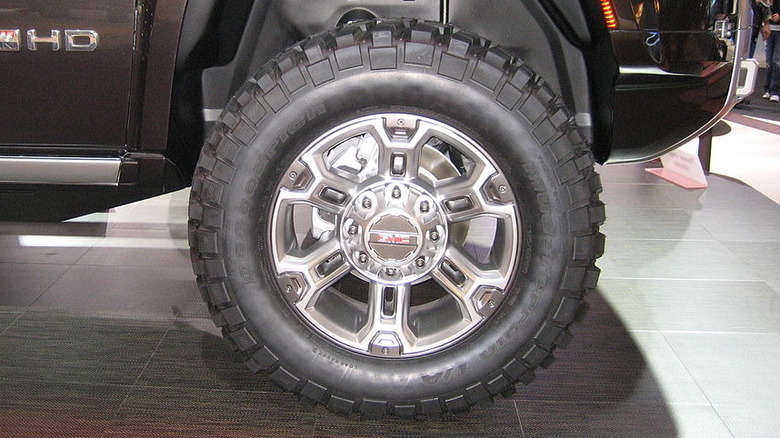
Looking at low-profile tires wrapping big 20-inch wheels on, say, a high-end Porsche 911, it's easy to understand why this look is so popular. Some say it adds visual punch, and in the case of a Porsche, those wheels and tires have been carefully engineered to deliver high levels of performance. They've also been designed to fit the car's wheel wells. None of this applies if you were to buy a set of 20-inch rims for your Honda Civic.
Not only do you run the risk of rubbing the wheel wells, but the associated low-profile tires will likely add ride harshness, be more prone to damage, and, in the special case of stretching too-small tires over those wheels, increase the odds of epic failures. Not only that, these upgrades can be costly, with a set of four name-brand 20-inch wheels running at least $800 and even low-cost tires adding another $400. On the other end of the spectrum are knobby all-terrain tires fitted to daily drivers. These types of tires serve a purpose in providing better grip in unpaved settings like the trail.
When your Black Widow F-150 is festooned with 20-inch rims mounted in 35-inch all-terrain rubber and then used for taking kids to school and highway road trips, those specialty tires serve no purpose other than to wear out faster than their regular all-season counterparts. The maker of your car designed it with a specific wheel and tire setup, so don't waste your money trying to upgrade it.
Body Kits
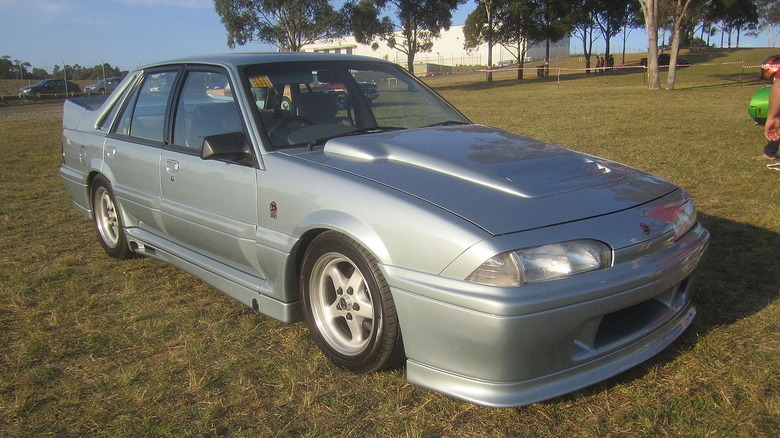
A surefire way to destroy the value of your classic car with modern upgrades is by fitting an aftermarket body kit. Adding a body kit to any car is likely to have a negative impact on resale value, as these polarizing mods are simply not for everyone. Additionally, a cheaply made body kit is likely to crack or otherwise fail the first time you clip a speed bump with that extra-low front fascia.
Body kits can cost thousands of dollars in the first place. That's not to say body kits are all bad, but you might want to stick with factory-fitted versions. Take the Porsche 911 GT3 RS, for example. It is laden with aerodynamic additions carefully designed to improve airflow and efficiency when on the track at high speed. All thanks to untold hours of wind tunnel testing at the hands of expert engineers. Slapping a replica "The Fast and the Furious" body kit on your Toyota Corolla is not exactly the same thing.
Aftermarket scissor doors are in the same vein, if even more intense. Popularized by Lamborghini, these swing-up doors are iconic and, again, when developed by a major auto manufacturer, have their place. That said, dropping over a thousand dollars to put scissor doors on your Chrysler 300C is not the place. Known for being heavy and hard to open, these wacky car upgrades also guarantee awkward entry and egress from your ride, not to mention the potential for unfortunate parking garage fails.
Aftermarket Spoilers
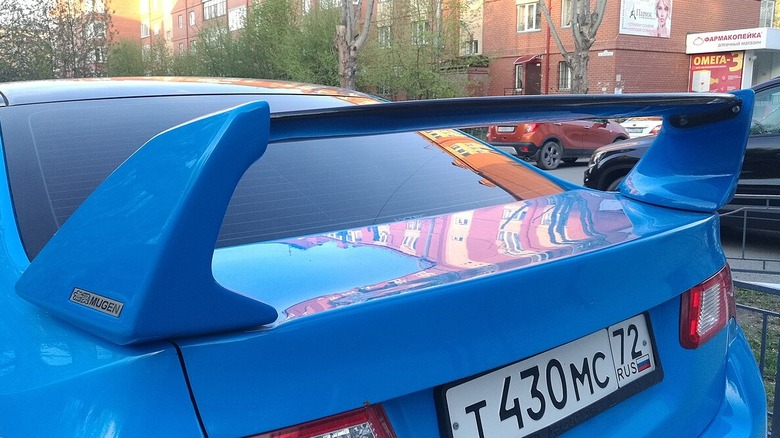
Tech gadgets that will make your old car feel new include useful products like smartphone cradles, Bluetooth systems, and head-up displays. Aftermarket spoilers, on the other hand, will likely only make your old car look silly, cause visibility problems, and offer post-installation woes like water leaking into the trunk. As with factory body kits, OEM spoilers can increase downforce in track settings for high-performance cars or improve airflow in the name of efficiency for more pedestrian applications.
In fairness, plenty of new cars come with rear spoilers that are purely cosmetic. It's easy to understand why folks might be interested in a bit of DIY action. But, at least this variety of spoiler is installed in a factory setting with industrial-grade materials. The $82 wing spoiler you can buy at Walmart is not the same thing. Be wary of aftermarket spoilers that claim to deliver benefits like reduced fuel consumption at high speeds, increased vehicle mobility, and enhanced competitiveness. This is nonsense and, in many cases, requires drilling into your car's body for installation.
Of course, you can spend nearly 10 times as much on genuine carbon fiber aftermarket spoilers if you please, and styles range from wings and basket handles to manually-adjustable and duckbill varieties. None of which changes the fact that, aside from personal aesthetic preference, an aftermarket spoiler is one of the worst car upgrades you can make when it comes to wasting money.
Slammed Or Jacked-Up Suspension
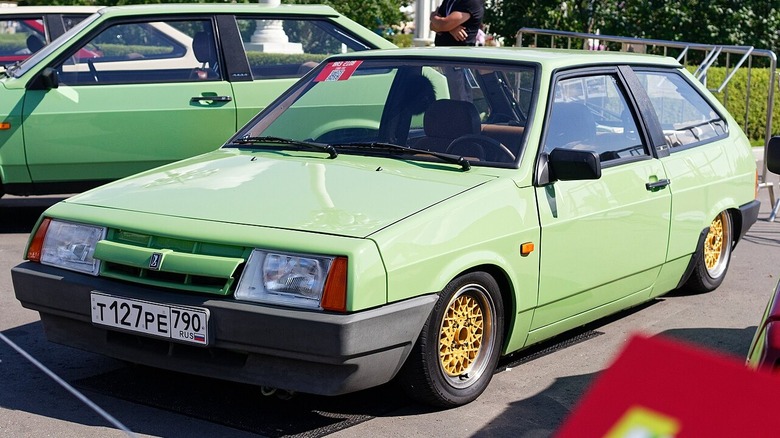
There are many reasons folks lower their cars, from a pure looks perspective to purported performance gains. Doing so can be as easy as chopping a couple of inches off the factory springs for minimal cost, spending $90 for a set of aftermarket lowering springs, or dropping $1,500 on coilovers from reputable aftermarket manufacturers.
That third option has its place in the world of car upgrades, especially for drivers who plan to use their car on the track. But simply reducing the height of your car's springs is a bad idea. Cheap or not, it scrambles the factory engineering work that paired the springs with the dampers. This can lead to all kinds of unexpected issues, but mainly poor ride quality and hits to resale value. Slammed cars like this are also more likely to see increased wear on other components, including the tires.
The other side of this is lifted suspensions, typically for trucks and SUVs. As with high-end coilovers for performance cars, raising the suspension is the kind of upgrade that serious overlander owners should consider. But, if your lifted vehicle is largely going to see daily driver duty, don't bother. Full suspension lift costs range from as little as $1,000 to as much as $20,000 and can involve replacing most of the factory suspension system. Aside from wear issues, jacked-up suspensions pose entry and exit problems, ride quality degradation, and parking garage trouble. For the most part, you're better off not wasting your money on this kind of car upgrade.
Want the latest in tech and auto trends? Subscribe to our free newsletter for the latest headlines, expert guides, and how-to tips, one email at a time.
Read the original article on SlashGear.


